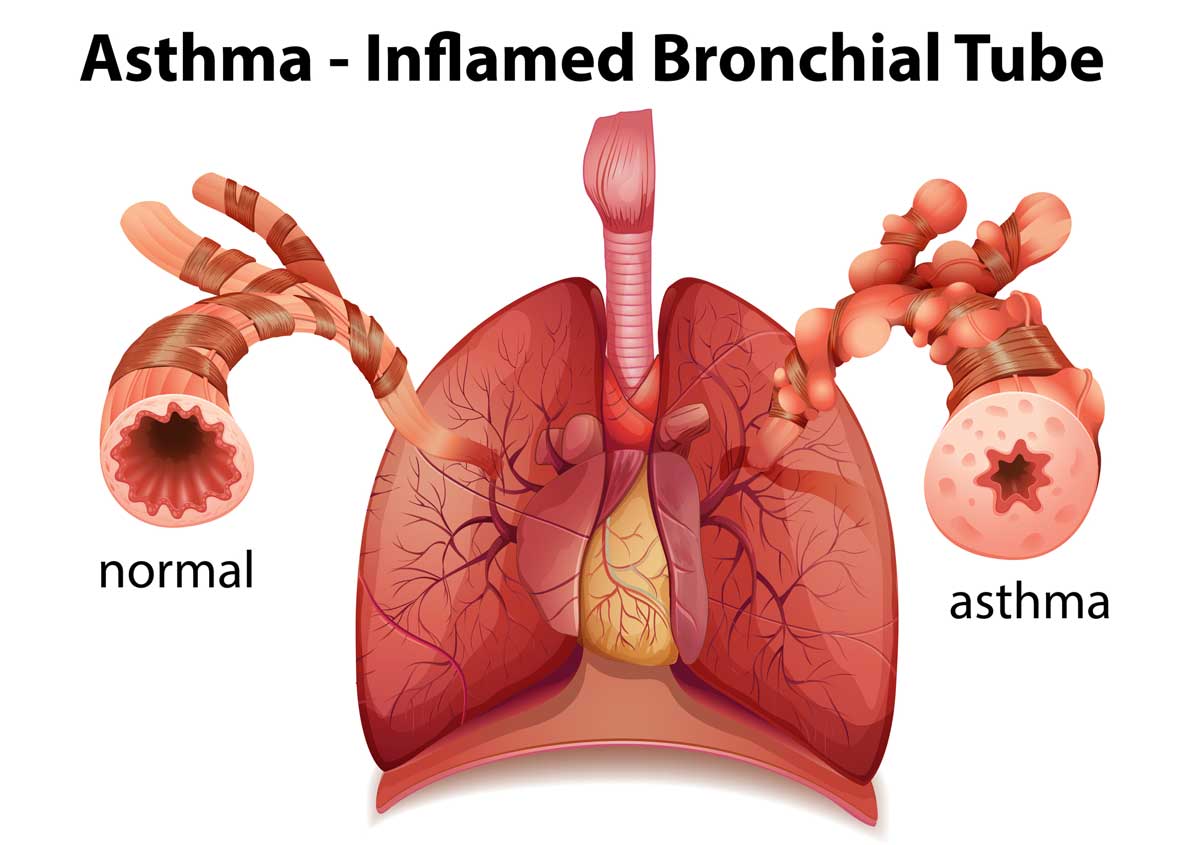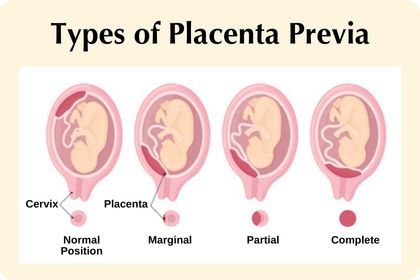Nursing Paper Example on Leptospirosis [SOLVED]
/in Assignment Help, Assignment Help Nursing, Homework Help, Nursing Exam Help, Nursing Paper Help, Psychology assignment help, Solved Nursing Essays /by Aimee GraceNursing Paper Example on Leptospirosis [SOLVED]
Leptospirosis, a potentially severe bacterial infection, poses a significant public health concern globally, particularly in tropical and subtropical regions. This zoonotic disease, caused by various strains of the Leptospira bacterium, can affect both humans and animals, with water-contaminated environments serving as the primary mode of transmission. Understanding the causes, symptoms, diagnosis, and treatment of leptospirosis is crucial for effective management and prevention of this condition. Flooding and natural disasters can exacerbate the transmission of the bacteria, as contaminated water sources become more prevalent. Additionally, occupational exposure, such as farming and veterinary work, increases the risk of infection. By exploring the intricacies of leptospirosis, healthcare professionals can better equip themselves to recognize, diagnose, and treat this potentially life-threatening illness, thereby safeguarding both individual and public health. (Nursing Paper Example on Leptospirosis [SOLVED])
Causes
Leptospirosis primarily spreads through contact with water, soil, or food contaminated with the urine of infected animals, particularly rodents. Flooding and natural disasters can exacerbate the transmission of the bacteria, as contaminated water sources become more prevalent. Additionally, occupational exposure, such as farming and veterinary work, increases the risk of infection.
Rodents, particularly rats, serve as the most common reservoirs for Leptospira bacteria, shedding the pathogen in their urine and contaminating the environment. Human activities that bring individuals into close proximity with rodent habitats, such as urbanization and agricultural practices, further heighten the risk of exposure.
Livestock and domestic animals also play a role in the transmission cycle of leptospirosis, serving as secondary hosts for the bacteria. Agricultural workers, veterinarians, and individuals involved in animal husbandry are particularly susceptible to infection due to their frequent contact with livestock and contaminated environments.
Environmental factors, including temperature and humidity, influence the survival and transmission of Leptospira bacteria. Warm and moist conditions promote bacterial growth and persistence in the environment, increasing the likelihood of human exposure. Tropical and subtropical regions, characterized by their conducive climate for bacterial proliferation, experience higher rates of leptospirosis incidence.
Waterborne transmission is the predominant route of infection, with stagnant water bodies, flooded areas, and contaminated soil serving as reservoirs for Leptospira bacteria. Activities such as swimming, wading, or drinking untreated water from natural sources pose a significant risk of exposure to the pathogen.
In summary, the causes of leptospirosis are multifactorial, encompassing environmental, occupational, and behavioral factors that contribute to the transmission of Leptospira bacteria from animal reservoirs to human hosts. Understanding these underlying causes is essential for implementing effective preventive measures and mitigating the impact of this infectious disease. (Nursing Paper Example on Leptospirosis [SOLVED])
Signs and Symptoms
The clinical presentation of leptospirosis varies widely, ranging from mild flu-like symptoms to severe manifestations such as jaundice, kidney failure, and pulmonary hemorrhage. Early symptoms may include fever, headache, muscle pain, and chills, which can progress rapidly if left untreated. Notably, the presence of pathognomonic signs such as conjunctival suffusion and a characteristic skin rash known as “leptospirosis conjunctivitis” can aid in diagnosis.
As the infection progresses, individuals may develop more severe symptoms indicative of organ involvement. Jaundice, characterized by yellowing of the skin and eyes due to liver dysfunction, may occur as a result of hepatic involvement. Acute kidney injury, manifested by decreased urine output and swelling in the lower extremities, can result from renal impairment secondary to leptospirosis.
Pulmonary complications, including cough, chest pain, and difficulty breathing, may arise in severe cases of leptospirosis, particularly those with pulmonary hemorrhage syndrome. This life-threatening condition, characterized by bleeding into the lungs, can lead to respiratory failure and death if not promptly treated.
In some instances, leptospirosis may present as a biphasic illness, with an initial acute phase followed by a period of apparent recovery before relapse occurs. During the convalescent phase, individuals may experience persistent fatigue, weakness, and malaise, indicating ongoing systemic effects of the infection.
Given the diverse clinical manifestations of leptospirosis and its potential to mimic other febrile illnesses, prompt recognition and diagnosis are essential for initiating appropriate treatment and preventing complications. Healthcare providers should maintain a high index of suspicion for leptospirosis in individuals with compatible symptoms, particularly those with a history of exposure to contaminated environments or animals. Early intervention can significantly improve patient outcomes and reduce the risk of severe complications associated with this bacterial infection. (Nursing Paper Example on Leptospirosis [SOLVED])
Etiology
Leptospirosis is caused by spirochetes belonging to the genus Leptospira, with over 250 pathogenic serovars identified to date. These bacteria thrive in warm and moist environments, making tropical and subtropical regions particularly conducive to their transmission. Various animal reservoirs, including rodents, livestock, and domestic pets, serve as hosts for Leptospira, perpetuating the cycle of infection.
The primary mode of transmission is through contact with urine or other bodily fluids from infected animals. Rodents, especially rats, are the most significant reservoirs for Leptospira bacteria, shedding the pathogen in their urine and contaminating the environment. Humans can become infected through direct contact with contaminated water, soil, or food, or through indirect exposure via breaks in the skin or mucous membranes.
Livestock, including cattle, pigs, and goats, can also harbor Leptospira bacteria, contributing to the transmission of the disease to humans. Agricultural workers and individuals involved in animal husbandry are at increased risk of infection due to their close contact with livestock and contaminated environments.
Domestic animals such as dogs and horses can serve as incidental hosts for Leptospira, although they may not exhibit clinical signs of infection. Nevertheless, these animals can shed the bacteria in their urine, potentially exposing humans to the pathogen.
Environmental factors, including temperature, humidity, and rainfall, play a significant role in the epidemiology of leptospirosis. Warm and moist conditions promote bacterial survival and transmission, while heavy rainfall and flooding can facilitate the spread of the bacteria through contaminated water sources.
Overall, the complex interplay between Leptospira bacteria, animal reservoirs, environmental factors, and human behavior contributes to the etiology and transmission of leptospirosis. Understanding these underlying factors is essential for implementing effective prevention and control measures to reduce the burden of this zoonotic disease. (Nursing Paper Example on Leptospirosis [SOLVED])
Pathophysiology
Following exposure to contaminated water or soil, Leptospira bacteria penetrate mucous membranes or abraded skin, gaining entry into the bloodstream. The bacteria then disseminate throughout the body, targeting organs such as the liver, kidneys, and lungs. Immune-mediated mechanisms contribute to tissue damage and systemic inflammation, leading to the diverse clinical manifestations observed in leptospirosis.
Upon entering the bloodstream, Leptospira bacteria evade the host immune system by employing various mechanisms, including surface lipoproteins that enable them to adhere to host cells and evade phagocytosis. This allows the bacteria to disseminate rapidly to different organs and tissues, where they can proliferate and cause damage.
In the liver, Leptospira bacteria can induce hepatocyte injury and inflammation, leading to hepatic dysfunction and the development of jaundice. Hepatic involvement may result in elevated liver enzymes, bilirubinemia, and coagulopathy, contributing to the characteristic yellowing of the skin and mucous membranes seen in severe cases of leptospirosis.
Renal involvement is also common in leptospirosis, with the bacteria causing tubulointerstitial nephritis and acute kidney injury. Leptospira-induced nephropathy can manifest as oliguria, proteinuria, and electrolyte disturbances, reflecting impaired renal function and fluid balance.
Pulmonary complications may arise in severe cases of leptospirosis, particularly those with pulmonary hemorrhage syndrome. Disseminated intravascular coagulation (DIC) and endothelial damage contribute to alveolar hemorrhage and respiratory failure, leading to hypoxemia and acute respiratory distress syndrome (ARDS).
Furthermore, immune-mediated mechanisms, including cytokine dysregulation and complement activation, contribute to systemic inflammation and the development of sepsis in severe cases of leptospirosis. The dysregulated host immune response can exacerbate tissue damage and contribute to multiorgan dysfunction syndrome (MODS), further complicating the clinical course of the disease.
In summary, the pathophysiology of leptospirosis involves a complex interplay between Leptospira bacteria, host immune responses, and tissue damage, leading to the diverse clinical manifestations observed in infected individuals. Understanding these underlying mechanisms is crucial for elucidating the pathogenesis of leptospirosis and developing targeted therapeutic interventions to improve patient outcomes. (Nursing Paper Example on Leptospirosis [SOLVED])
DSM-5 Diagnosis
The diagnosis of leptospirosis relies on a combination of clinical evaluation, laboratory testing, and epidemiological history. Healthcare providers may utilize serological tests such as the microscopic agglutination test (MAT) to detect specific antibodies against Leptospira antigens in the patient’s serum. Molecular techniques, including polymerase chain reaction (PCR), can also aid in the direct detection of bacterial DNA in clinical specimens.
Clinical evaluation plays a crucial role in diagnosing leptospirosis, with healthcare providers assessing the patient’s medical history, symptoms, and exposure to potential risk factors. A detailed epidemiological history, including recent travel to endemic areas, occupational exposure, and contact with animals or contaminated environments, can provide valuable clues for identifying possible sources of infection.
Common clinical findings suggestive of leptospirosis include fever, headache, myalgia, and conjunctival suffusion, although the presentation may vary widely depending on the severity of the infection and organ involvement. Pathognomonic signs such as Weil’s syndrome, characterized by jaundice, renal failure, and hemorrhagic manifestations, may aid in the clinical diagnosis of severe leptospirosis.
Laboratory testing is essential for confirming the diagnosis of leptospirosis and ruling out other potential causes of fever and systemic illness. Serological tests such as the MAT can detect specific antibodies against Leptospira antigens, with a fourfold rise in titers between acute and convalescent serum samples suggestive of recent infection.
Molecular techniques such as PCR can provide rapid and specific detection of Leptospira DNA in clinical specimens, allowing for early diagnosis and prompt initiation of treatment. However, these tests may not be widely available in resource-limited settings, necessitating reliance on serological methods for diagnosis.
In summary, the diagnosis of leptospirosis requires a comprehensive approach involving clinical evaluation, laboratory testing, and epidemiological assessment. Early recognition and diagnosis of this potentially life-threatening infection are crucial for initiating appropriate treatment and preventing complications. (Nursing Paper Example on Leptospirosis [SOLVED])
Treatment Regimens and Patient Education
Early initiation of antibiotic therapy is essential for the management of leptospirosis and can significantly reduce morbidity and mortality. Doxycycline or penicillin are the antibiotics of choice for treating uncomplicated cases of leptospirosis, with oral doxycycline 100 mg twice daily or intravenous penicillin G 1.5 to 3 million units every 6 hours typically recommended for 7 to 10 days.
For patients with severe disease manifestations or complications such as pulmonary hemorrhage syndrome or acute kidney injury, intravenous antibiotics and supportive care measures may be necessary. Intravenous ceftriaxone or cefotaxime are alternative treatment options for patients unable to tolerate doxycycline or penicillin.
Supportive care measures aim to manage symptoms and prevent complications associated with leptospirosis. Patients with severe dehydration or electrolyte imbalances may require intravenous fluid resuscitation and electrolyte replacement therapy. Renal replacement therapy, including hemodialysis or continuous renal replacement therapy, may be necessary for patients with acute kidney injury and oliguria.
Patient education plays a crucial role in preventing leptospirosis and reducing the risk of recurrent infections. Individuals should be advised to avoid contact with potentially contaminated water sources, including stagnant water, floodwaters, and recreational water bodies. Protective measures such as wearing gloves and boots when handling animals or working in areas with rodent infestations can reduce the risk of exposure to Leptospira bacteria.
Good hygiene practices, including regular handwashing with soap and water, are essential for preventing the spread of leptospirosis. Individuals should also be encouraged to seek medical attention promptly if they develop symptoms suggestive of leptospirosis, particularly if they have a history of exposure to contaminated environments or animals.
Community-based interventions, including rodent control measures and environmental sanitation efforts, can help reduce the burden of leptospirosis in endemic areas. Public health campaigns aimed at raising awareness about the risks of leptospirosis and promoting preventive measures are essential for reducing transmission and protecting vulnerable populations.
The treatment of leptospirosis involves antibiotic therapy, supportive care measures, and patient education. Early recognition of symptoms, prompt initiation of treatment, and adherence to preventive measures are crucial for reducing the incidence and impact of this potentially life-threatening bacterial infection. (Nursing Paper Example on Leptospirosis [SOLVED])
Conclusion
Leptospirosis represents a significant public health challenge, particularly in regions prone to flooding and environmental contamination. By understanding the causes, symptoms, diagnosis, and treatment of this bacterial infection, healthcare providers can effectively manage cases and implement preventive strategies to mitigate its spread. Enhanced surveillance efforts and community awareness initiatives are essential for controlling the incidence of leptospirosis and safeguarding public health worldwide. Prompt recognition and diagnosis, early initiation of appropriate antibiotic therapy, and supportive care measures are crucial for improving patient outcomes and reducing the risk of severe complications associated with this disease. Moreover, patient education plays a pivotal role in preventing leptospirosis by promoting awareness of risk factors and preventive measures. Through collaborative efforts between healthcare providers, public health authorities, and communities, we can work towards reducing the burden of leptospirosis and ensuring the well-being of individuals and populations globally. (Nursing Paper Example on Leptospirosis [SOLVED])

![Nursing Paper Example on Leptospirosis [SOLVED]](https://i.ytimg.com/vi/bUGHwww_KkQ/maxresdefault.jpg)

![Nursing Paper Example on Listeriosis [SOLVED]](https://microbenotes.com/wp-content/uploads/2021/11/Food-poisoning-by-Listeria-monocytogenes-Listeriosis.jpeg)
![Nursing Paper Example on Leukemia [SOLVED]](https://my.clevelandclinic.org/-/scassets/images/org/health/articles/4365-leukemia) Nursing Paper Example on Leukemia [SOLVED]
Nursing Paper Example on Leukemia [SOLVED]![Nursing paper Example on Lice [SOLVED]](https://www.recordonline.com/gcdn/authoring/2019/10/29/NTHR/ghows-TH-957f6d80-fe05-234c-e053-0100007fb823-917436b1.jpeg?crop=1554,879,x0,y371&width=1554&height=777&format=pjpg&auto=webp)






